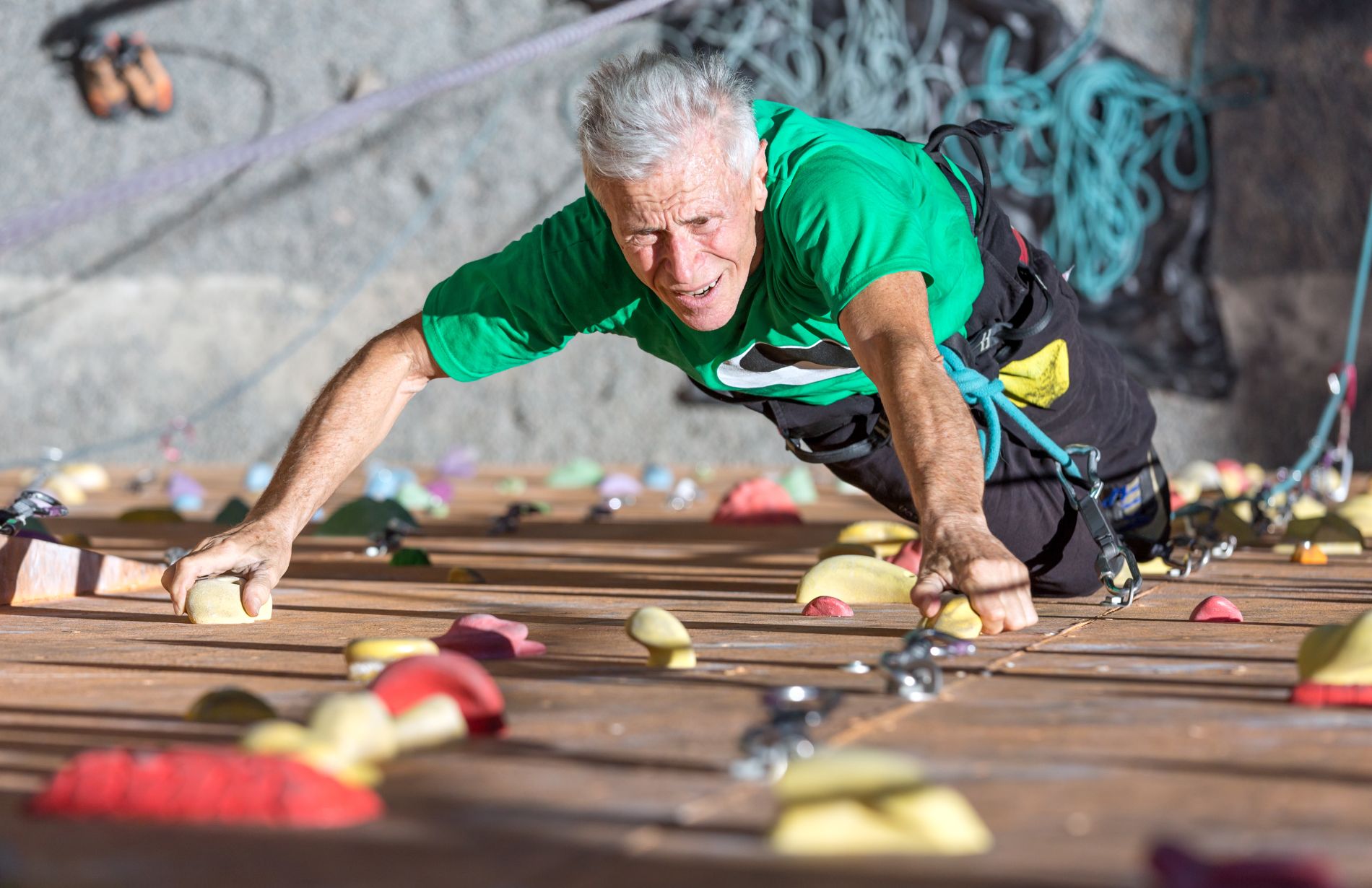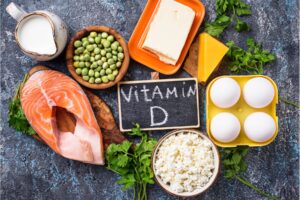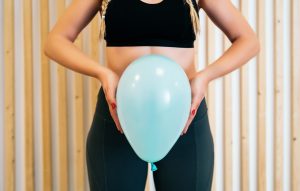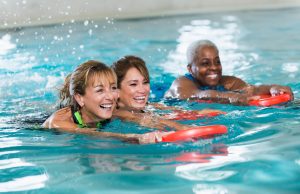Why do we need to exercise?
As a society, we are living longer, with the life expectancy and age of death nearly doubling between the years of 1841 and 2020.
Seeing as our closest living relatives are the apes, who generally have low physical activity but do not suffer from poor health directly as a result of this, why have humans evolved to need such high levels of exercise to stay healthy? Researchers suspect that humans have adapted due to the physical activity required by hunting and gathering.
The benefits of regular physical activity include:
- Prevents cardiovascular disease (including heart attacks and stroke)
- Improves joint function
- Strengthens your bones and muscles and subsequently reduces osteoporosis
- Reduces risk of type 2 diabetes, high cholesterol and high blood pressure
- Prevents cancers such as bowel and breast
- Reduces chance of falls and hip fractures in older adults
- Boosts your immune system
- Lifts your mood and reduces stress
- Helps brain health and memory
- Builds self-esteem
- Improves sleeping pattern and reduces fatigue
- Can help reduce chronic (long lasting) pain
- The list goes on!
What are the recommendations for exercise at each age group?
The official recommendation from the Centres for Disease Control and Prevention, NHS and government website are as follows:
| Age Group | Time and type | Examples |
|---|---|---|
| Children and young people | 60 minutes of aerobic activity per day across the week. | Walking to school, playing in the playground, skating, skipping, climbing, dancing, karate, football, swimming, gymnastics etc. |
| Adults | 2 hours 30 minutes of moderate-intensity exercise plus muscle strengthening OR 1 hour 15 minutes vigorous exercise plus muscle strengthening. | Moderate-intensity: Brisk walking, water aerobics, doubles tennis, riding a bicycle on ground level.
Vigorous-intensity (makes you out of breath): Swimming laps, jogging or running, playing singles tennis, riding a bicycle on hills or a fast pace. Strength exercises: Weightlifting, body weight exercises like push ups, using resistance bands, yoga and Pilates |
| Older adults (65 years and adults) | At least 150 minutes a week of moderate intensity activity AND at least 2 days a week of activities that strengthen muscles AND activities to improve balance such as standing on one foot. | As above.
You may want to try some classes to include: Zumba and water aerobics targeted at this age group. Tai chi and Pilates are also recommended for strength, flexibility and balance. Going to classes is also great for social wellbeing and subsequently, overall health. Bowls for example, is a great way to get moving but also has a great social aspect to it. |
| Adults with chronic conditions and disabilities | At least 150 minutes (for example, 30 minutes 5 days a week) of moderate-intensity aerobic physical activity a week AND at least 2 days a week of muscle strengthening activities that include the major muscle groups.
Although this is the ‘recommendation’, find a level of activity that suits you and are able to pace throughout the week so you are not too fatigued or unwell for day-to-day activities. |
Walking, wheeling oneself in a wheelchair, swimming and water aerobics.
Wheelchair basketball, tennis or football etc. Seated weights and ‘chair yoga’. Where possible, standing up to break up periods of inactivity. |
| Pregnant and post- partum women | At least 150 minutes (for example, 30 minutes 5 days a week) of moderate intensity aerobic activity a week during the pregnancy and the postpartum period. | See Melissa and Anna’s blog posts about specifics on what exercises are recommended and/or safe to do during this time.
You can find information regarding exercise during pregnancy here, and post-partum here. The general advice is of you are not already active, start gradually. If you are already active, keep going. It is important to listen to your body! |
Glossary
Aerobic activity= activity that gets your heart rate up!
How does exercise help us live longer and better quality lives?
Did you know that people who do both cardiovascular (heart and lung) and strength training sessions are associated with a lower mortality risk of 40% less than those who did not exercise at all? It is also lower than those who just do cardiovascular training or just strength training. After the age of 25-30, the average man’s heart’s capacity to pump blood decreases by 5-10% each year which subsequently decreases the body’s capacity to supply oxygen its structures. This leads to increased fatigue and breathlessness which you may start to notice during day-to-day activities.
A study that took place over 20 years, showed that risk of diabetes, hypertension, heart disease, stroke, chronic obstructive pulmonary disease, asthma, osteoporosis, arthritis, cancer, depression and anxiety where decreased by regular physical activity. Not only were there great physical benefits, but they found that those who exercised had the best satisfaction levels in regards to their social relationships. A similar study revealed that if you regularly partake in physical activity in any age group, better brain function was found in old age. Therefore, maintaining an exercise routine through childhood and into adulthood appears to be beneficial for helping mental acuity (sharpness of the mind) and memory as well as preventing dementia. Interestingly, those in the elderly population with no social connections are more likely to experience a deterioration of cognition and even Alzheimer’s than those with 5-6 connections. Therefore, an exercise class could be a brilliant way to be physically active, as well as socialise with other people. Both aspects having a positive effect on our physical, mental and social wellbeing.
Bones get stronger when ‘stressed’ by physical activity and continuously remodel throughout our lifetime. However, during the menopause, oestrogen levels decrease. This hormone contributes to bone metabolism hence, a decrease in this can lead to women losing up to 10% of their bone mass in the first 5 years of menopause and research has shown there is overall up to 20% loss. Furthermore, it is important to maintain good bone density to prevent osteoporotic fracture and the subsequent consequences of this. You can read more about the menopause in Jess’ blog here.
How can a chiropractor help?
Here at Spinavita, we help many people get back to activity they enjoy or support them as they embark on getting more physically active. Our aim is to help you function at your best, including during exercise, for better overall health and happiness. Call us on 01452 883232 or email enquiries@spinavita.co.uk to speak to one of our chiropractic team if you would like to discuss how we might be able to help you.
Get in touch with Spinavita Chiropractic
Call
Explore more
Articles
More about My Back Hurts: Is it damaged and am I damaging it more?My Back Hurts: Is it damaged and am I damaging it more?
By Jennifer Barr
Articles
More about Everything You Need to Know About Vitamin DEverything You Need to Know About Vitamin D
By Jessica Davy
Articles
More about Pelvic Floor HealthPelvic Floor Health
By Jennifer Barr
Articles
More about Menopause and Musculoskeletal HealthMenopause and Musculoskeletal Health
By Jessica Davy
Sign-up for updates
Join our community! Sign up for exclusive updates, wellness tips, and special offers delivered straight to your inbox.











